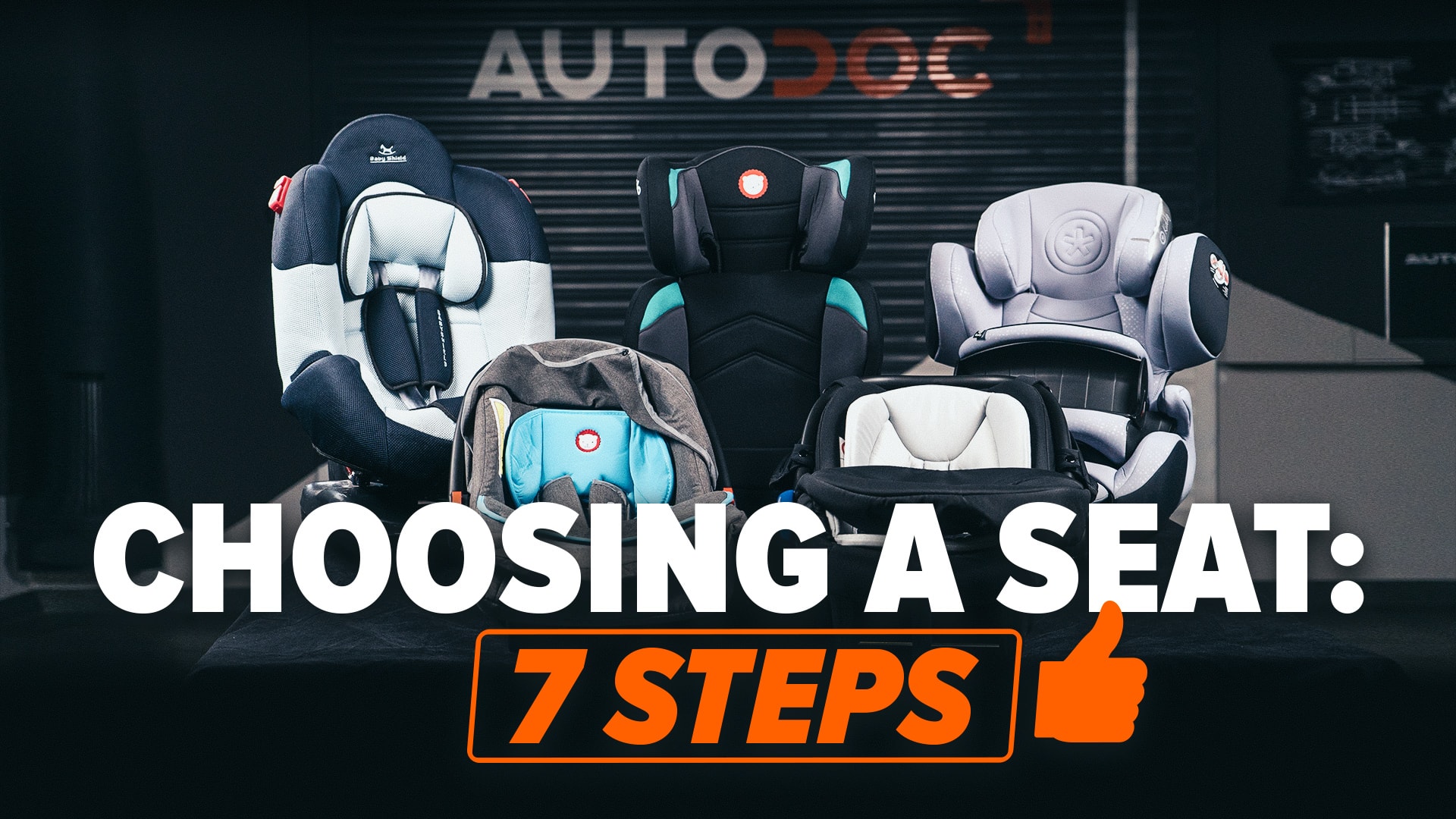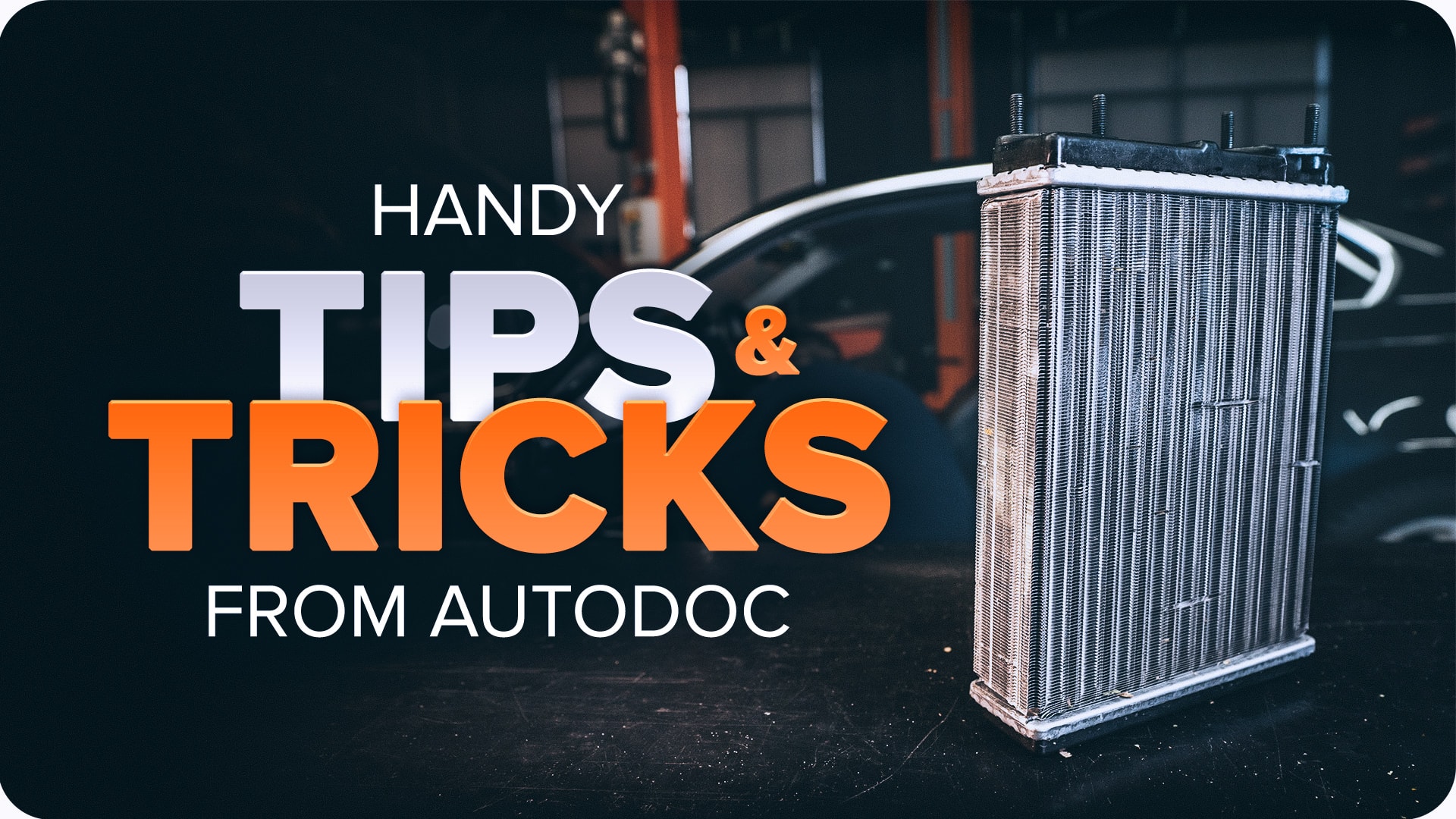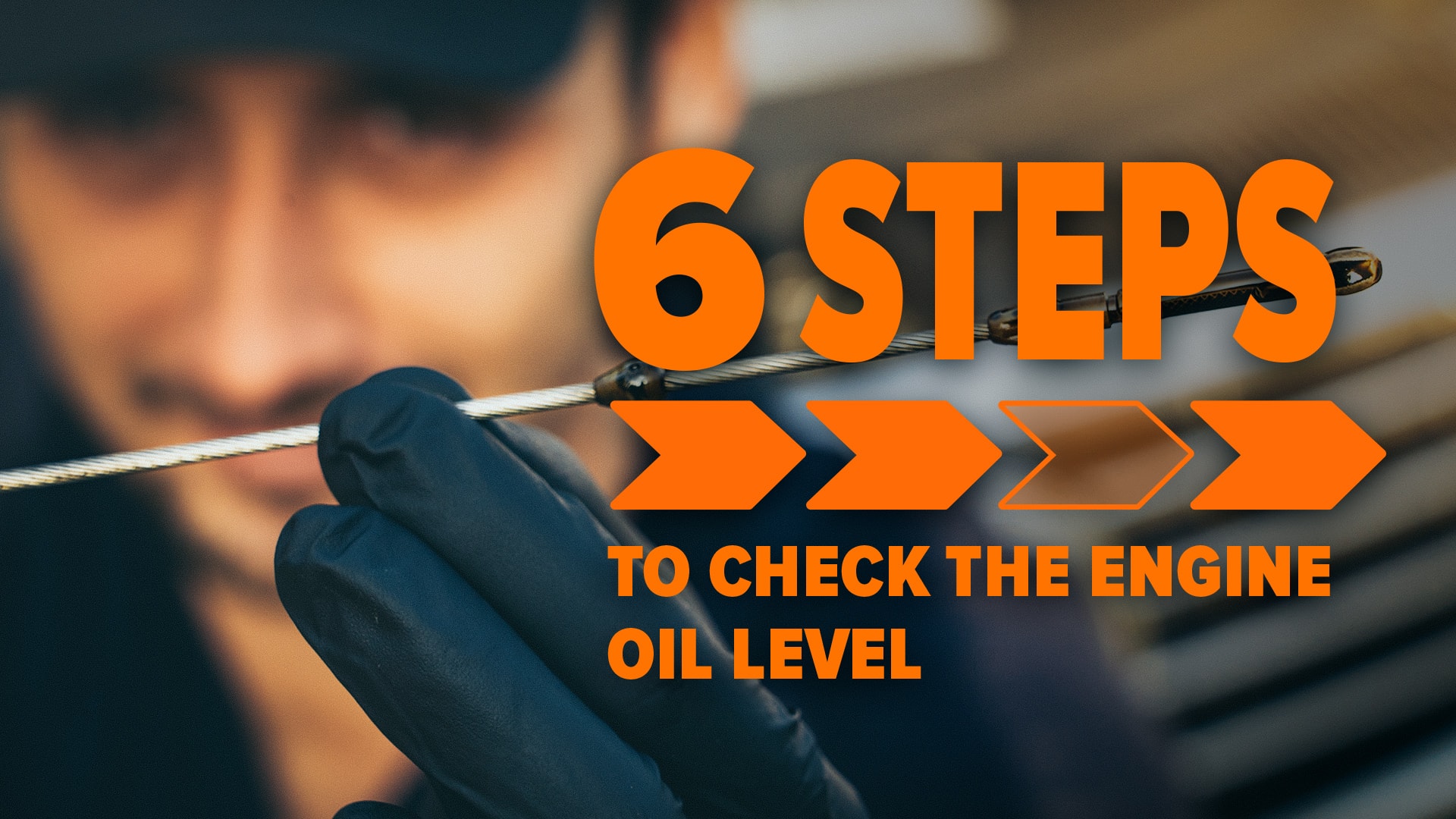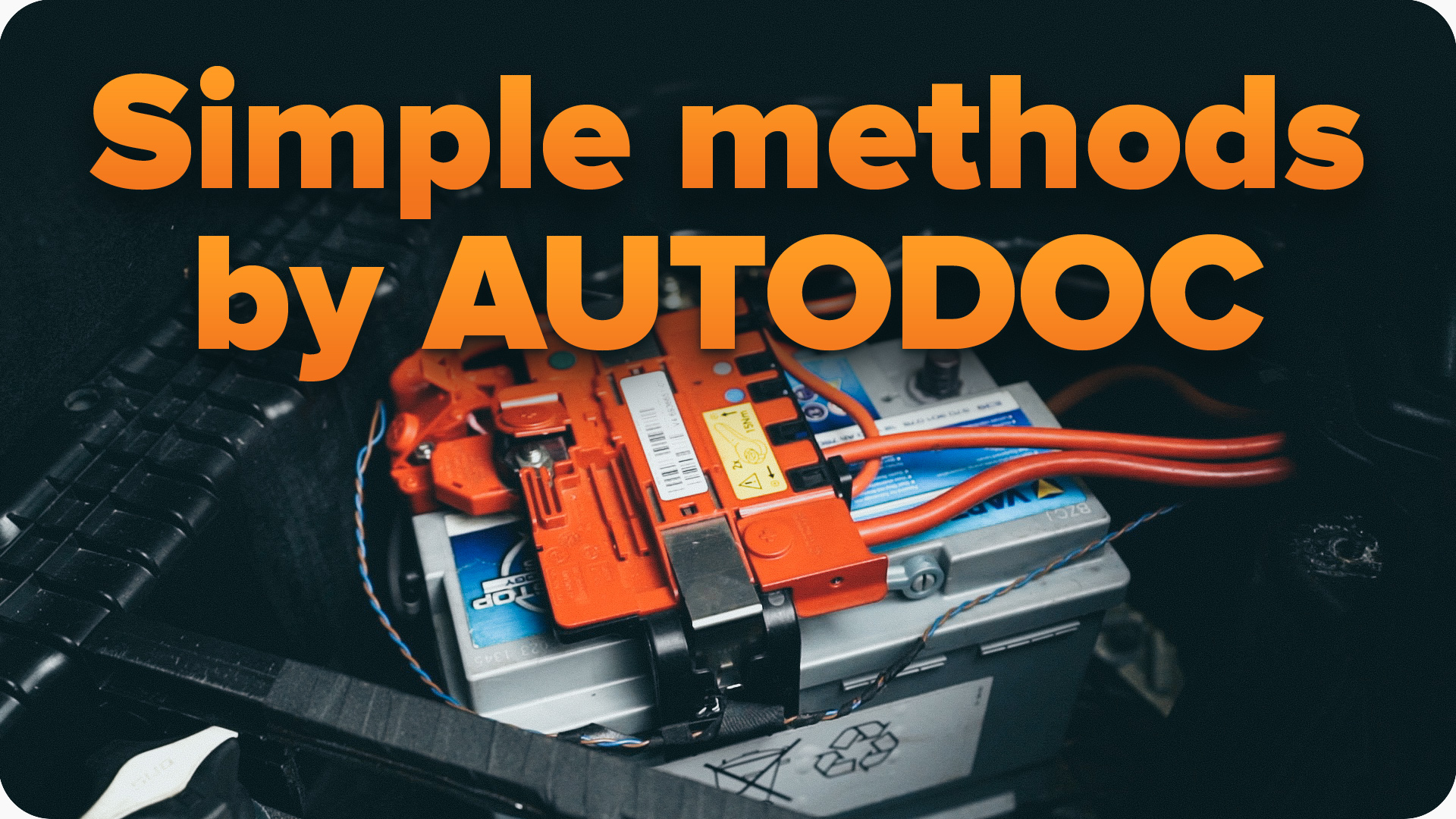
- Consider your child’s age and weight. These factors determine which group you need. There are 5 main groups of child safety seats:
- Group 0 Age: up to 6 months. Weight: up to 10 kg. The car seat looks like a carrycot with an internal harness. It is a side-facing lie flat carrier which is secured using the rear-seat belts or Isofix connectors.
- Group 0+ Age: up to 1 year. Weight: up to 13 kg. These are rear-facing seats secured with the car’s safety belts or Isofix connectors. They are designed as deep bowl-shaped carriers with an internal harness and a handle.
- Group 1 Age: 9 months–4 years. Weight: 9–18 kg. These seats are used when the child can sit independently. They are equipped with a harness or impact shield, and may also have a tilt-adjustable backrest.
- Group 2–3 Age: 3–12 years. Weight: 15–25 kg. These are booster seats with no integral harness. Instead, the car’s seat belts help to hold the child in place. The seats are equipped with special seat belt guides. Some manufacturers offer seats that recline slightly, but most often they are L-shaped.
- Group 3 Age: 6–12 years. Weight: 22–36 kg. These are booster cushions with armrests for children taller than 135 cm. They do not have backrests and are fitted with the car’s seat belts, which should be threaded through the special guides.
Universal products are suitable for children of several age groups. These seats are usually more affordable.
- Consider the child’s height.
- Groups 0 and 0+ – the child’s head must not protrude over the top of the seat.
- Groups 1–3 – The child’s head can protrude over the headrest by one third at most. The top of the seat belt must not be below the child’s shoulder line.
- Choose a car seat with side protection for the head and shoulders. This significantly increases the child’s safety in case of a side-impact crash.
- Opt for a seat that’s easy to maintain. Pay special attention to the seat lining material and check if it can be easily removed for washing.
- Purchase protective covers for the front seats if your car doesn’t already have some. Otherwise, the child will put their feet against the back of the front seat and dirty it.
- If the seat has Isofix fittings, check the product documentation to make sure that it is compatible with your car make and model.
- Choose products from well-known brands. Such manufacturers spend a lot of money on child car safety research, so they produce seats that effectively protect little passengers.








Comment